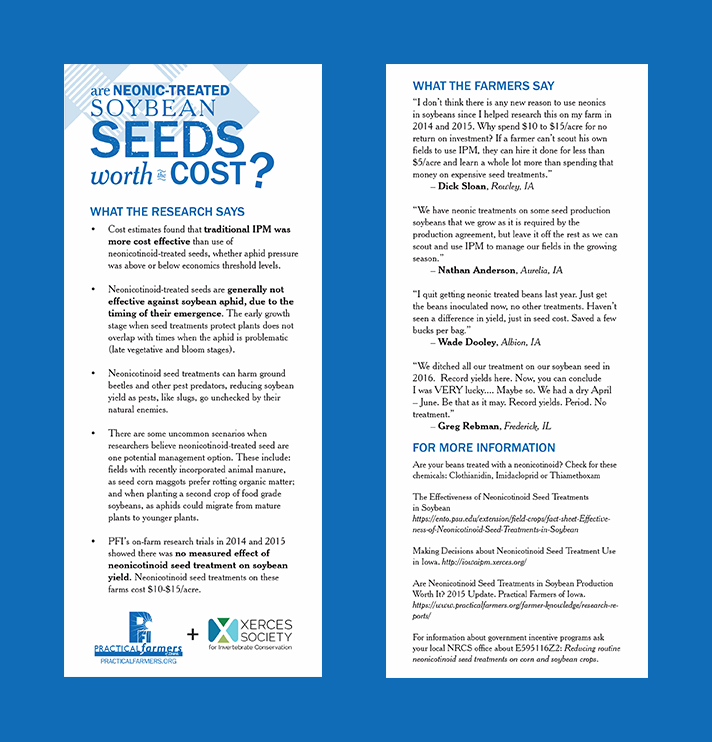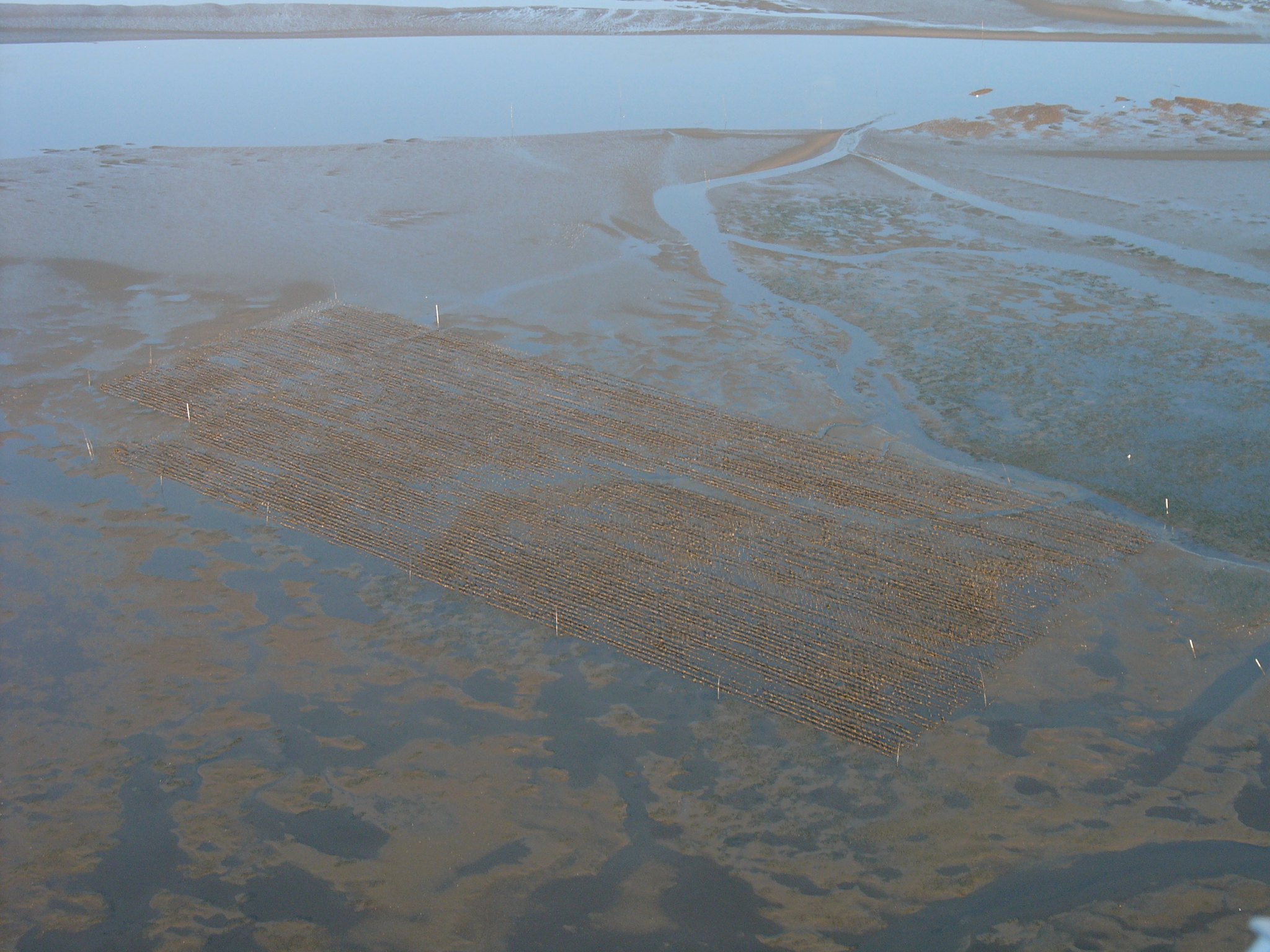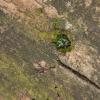The Pesticide Program’s efforts are varied, diverse, and many, so it is difficult to summarize their work in one post! Nevertheless, here are highlights from the summer and fall.
An integral part of the Xerces Society’s conservation efforts, our pesticide team strives to reduce reliance on pesticides by supporting the diverse systems that reduce pest problems. Xerces’ staff is sought after to translate complex science so that farmers, backyard gardeners, agency staff, and policy makers can make informed decisions about pesticide use and regulation. Also, by providing on-the-ground technical support, we are increasing the adoption of ecologically sound pest management practices everywhere.
The pesticide team’s efforts are varied, diverse, and plentiful, and thus it is difficult to summarize their work in one blog post! Nevertheless, here are select highlights from the summer and fall.
Eugene, Oregon Becomes a Bee City
Thanks to the collaboration of dedicated bee advocates, in July, the City of Eugene, Oregon became a Bee City. Eugene already has a neonicotinoid ban in place, maintains numerous natural areas that are well-suited for pollinators, has a strong integrated pest management plan, and manages a number of small city parks without pesticides. City staff is open to exploring actions to further support pollinators. Aimée Code, Xerces Pesticide Program Director, is a member of the Bee City USA Committee in Eugene. The committee also includes representation from Beyond Toxics, GloryBee, Lane County Audubon and Willama Restoration Project.

Reducing the Use of Seeds Treated with Insecticides
Water contamination in the Midwest waterways is increasingly linked with the common practice of planting seeds treated with insecticides. Furthermore, many agricultural researchers argue that for two common Midwest crops, corn and soybeans, the efficacy of these seed treatments is minimal. Many farmers have expressed interest in shifting away from use of treated seed, but they also have questions about making the switch.
Therefore, Xerces is trying to connect farmers who use treated seed with farmers who stopped using treated seed in order to answer questions and help better inform farmers’ decisions. Our goal is to hold at least three field days in the Midwest to facilitate farmer-to-farmer information sharing about treated seed. Along with Practical Farmers of Iowa, we created a bookmark that highlights research showing the limited efficacy treated seed and quotes farmers who switched away from treated seed. Pollinator Team staff in the Midwest are excited to distribute the bookmark at the dozens of events they attend each year.

Protecting Washington Waters from Neonicotinoids
In September 2018, the Washington State Department of Ecology made a final ruling that denied the Willapa Bay-Grays Harbor Oyster Growers’ permit application to use imidacloprid, a neonicotinoid pesticide, on oyster beds. This decision was made after numerous stakeholders – from local restaurants to federal wildlife agencies – voiced their concerns. Xerces has been involved in this issue since oyster growers submitted the first permit request for imidacloprid use in 2014.
While the permit was denied, this issue is not likely settled. The oyster production practices in the area have become dependent on killing native shrimp that compromise productivity of the oyster beds. Various pesticides have been used for decades and oyster growers will continue to seek permits to use pesticides in Willapa Bay and Grays Harbor. Xerces will continue to urge more sustainable practices and oppose pesticide uses that could put these ecologically important systems at risk.




